Best Practices Articles

Why Partner Marketing Fails Most of the Time
For those who are selling through the channel, partners can be a great asset for an organization to depend on. Companies and vendors that target both consumers and businesses require partners to market. When it comes to franchise businesses, especially in the retail world, marketing is an inherent component of demand generation. As a result of that, most companies selling to consumers via a channel partner network tend to do a better job than those companies that try to sell either directly to the consumer or to businesses that carry multiple products and solutions. Single-product or single-brand franchises are good at marketing, but multi-brand product and solution partners, whether they are resellers or franchisees or something else, tend not to be great promoters of a specific vendor’s product. Millions, even billions, of dollars are spent on various types of local, regional and national marketing, including search, social, email, events, telemarketing and so on, but the ROI is highly questionable, and most vendors really struggle to engage their multi-product and solution partners in an effective way.
Eight challenges to successful partner marketing
So we know that partner marketing to multi-product partners is hard. But why is that? Let’s take a detailed look at some of the challenges vendors face in this context:
- Lack of control. Partners, resellers, etc. don’t necessarily report to vendors they are selling for, especially if they are selling multiple product lines. If they do not depend specifically on a single vendor for a significant portion of their revenue stream, they are unlikely to focus on that vendor all the time. Also, partners tend to behave more like customers than indirect employees or contractors who an organization can control more easily.
- Misalignment in priorities. Channel partners selling multiple products and solutions have their own priorities. On average, multi-product vendors will carry between five and fifty products lines and solutions. In that case, partners tend to focus on the handful of products and solutions that drive most of their revenue. Very rarely do they focus on the secondary or tertiary products and solutions that may complete their portfolio. Knowing this, each vendor is calling partners on a regular basis to urge them to market and sell their product. The partners, in turn, tend to engage with the vendors from whom they get the most support.
- Lack of marketing resources. One of the reasons that some partners do not do a good job of marketing is that they lack marketing resources. When that’s the case, partner marketing isn’t really happening. Many partners do not have the skillsets and resources to market in an effective way using structured steps and processes. Also, most partners do not have marketing automation systems in place. Because of that, it’s virtually impossible for them to perform multitouch, integrated marketing on their own to generate demand in the short term and generate brand awareness in the long term.
- Short-term quarterly focus. Except for the few large partners that have reliable planning capabilities in place, most partners tend to focus on short-term, tactical activities, and lack the resources and planning skills to map out multi-quarter marketing campaigns. As a result, most marketers end up turning to event marketing or telemarketing for lead generation. In today’s content marketing-based lead generation environment, those tactics generally fail to generate enough ROI to be worthwhile.
- Changing targets. Many vendors give up too quickly and change programs, thinking that by introducing new programs they can stimulate partners to go out and market. But the real challenge is not a lack of programs or tools or assets on the vendor side. It’s really consistency that the vendor most needs—and often fails—to provide in an integrated way on a multi-quarter basis so the partner is not changing horses every quarter. This longer-term, more consistent approach when putting together campaigns is critical for vendors to be successful in an environment where a vendor is selling multiple products.
- Cumbersome funding process. Most vendors that are supporting partners carrying multiple product lines and want to encourage partner marketing activities provide market development funds (MDF) or co-marketing funds. However, the process to claim funds is typically quite complicated. Surveys we have seen indicate that 70% of partners actually don’t know how to get MDF from their vendors. It’s astonishing how high these numbers remain—even for top-tier partners who generate a significant portion of their revenue from one or two core vendors, as many as 45% don’t know how to receive MDF.
- Lack of marketing help. Since most partners do not have in-house resources and lack the ability to plan and execute multi-quarter campaigns, if a vendor is not providing partner marketing help in the form of partner marketing concierge services, it’s likely that the partner will not engage with this specific vendor. Even more than the introduction of system automation or other tools, partner marketing concierges services represent the most important investment a vendor can make to effectively reach out to a group of partners and promote a set of campaigns and programs, discuss incentives that are available and drive execution through outsourced help. We see this repeatedly across all countries. Small and large vendors that make a logical set of investments in partner marketing concierge services before investing in marketing automation or channel marketing automation for their partners tend to realize much better ROI, and in a focused way. Of course channeling marketing automation is important. But without a proper alignment and deployment of partner marketing concierge resources, partners rarely engage sufficiently to drive results.
- Failure to develop technical and sales competencies before promoting marketing activities. A partner company will typically comprise multiple individuals from sales, marketing, technical support and other departments. When a vendor is putting a marketing campaign together, too often it’s built in isolation from other related activities and not fully aligned with the incentive structure. Simply pushing a marketing campaign to a partner is not necessarily helpful, particularly if the partner doesn’t have trained salespeople and the technical resources to execute the campaign. Most vendors, when they launch a new product, make a fundamental mistake by immediately promoting the product via marketing campaigns, kits, etc. But that may be putting the cart before the horse. In reality, partners need to start with technical training, then move to sales training. Then and only then do they invest in marketing activities. For partner marketing to be successful, the vendor needs to have a multi-quarter approach in which they help build technical and sales competencies first before they push partner marketing activities in an aggressive way. During this phase in which partners are developing technical and sales competency, the vendor is much better off outsourcing lead generation activities to a third party and feeding the partner qualified leads so the partner can go build sales competency first before engaging in marketing activities.
Solutions
What are the key steps an organization can take to address these challenges? There are seven specific actions a vendor can take:
- Simplify marketing campaigns. We’ve already talked about the critical importance of picking the right set of campaigns in an integrated way with sales and technical training to make sure partner marketing activities don’t lose steam.
- Align by partner type. This means providing the right set of campaigns depending on whether the partner is a small or medium-size business (SMB), mid-market, enterprise. Or perhaps there are partners selling into multiple verticals like finance, real estate or manufacturing. It’s critical that the partner portal allow segmentation of these campaigns into multiple areas so a partner can search for and find the campaigns that are relevant for their competency level. Partners are busy and don’t have time to wade through a plethora of campaigns and then fail to find what they are looking for. Search is a core capability that the vendor must provide. If a partner does not have marketing automation in place, then marketing concierges should be engaged to help make the process of finding campaigns that align properly with the partner type easier.
- Provide automation for free for all partners. If a vendor is selling to both B2B and B2C partners through a large channel, it is almost impossible to provide an equal level of marketing support to all partners. If that’s the case, it’s important to provide a channel marketing automation platform that all partners can use consistently. In a previous article, we have discussed the key features a channel marketing automation platform must have. We won’t go into that here. But the platform the vendor provides should also be able to segment content so that, for example, SMB partners have access only to SMB campaigns, mid-market partners have access only to mid-market campaigns and so on. And this platform should be provided free of charge to all of the partners so that it’s not just the top-tier partners who can execute campaigns. Free automation also ensures that a vendor whose channel has a long tail, where there are some partners do not sell regularly, will also be able to enable those partners to run a campaign here and there, so vendors can drive up collective ROI significantly.
- Provide concierge services for free (for selected partners). It’s essential to provide these services for free to top-performing partners and partners that have the potential to grow revenue. Without this support, partners may have the perception that it’s difficult to do business with the vendor. Whenever we do surveys and probe deeply about customers doing business, we consistently find the number one factor in making partner marketing easy is the availability of partner marketing concierge support.
- Measure ROI. Without a dynamic channel marketing automation platform that can track a specific campaign being executed by multiple partners—maybe even hundreds or thousands of partners on a global basis—it is virtually impossible to know how a campaign is really doing. Again, a channel marketing automation is critical to provide and track ROI, and it must be done at a highly granular level so that vendors can dynamically determine what specific products and services should be used for partner marketing campaigns.
- Reward successful partners. While most partners have annual partner exchanges and events where high-performing partners are rewarded in a large or public forum, the best way to increase engagement on a day-to-day basis is to continue to promote partner success on a regular basis. This may take the form of videos or case studies, or it may be a matter of hosting online rewards events where a certain partner in a certain category is rewarded for sales performance or technical competency. Whatever the form the reward takes, it should always be tied directly to partner marketing activities.
- Celebrate success. We’ve already established that rewarding successful partners is important. But it’s equally important to make the celebration process an integral part of the overall channel management activities. This will ensure that all partners become aware of how certain partners are becoming successful. It also allows a vendor to replicate success easily and across multiple partners and geographies rapidly. This is another area in which partner marketing concierges can help: They can learn from one partner, promote the success of that specific partner, and then enable additional partners by following steps and methodologies that are actually working.
Partner marketing is never easy when a partner carries multiple product lines and is not focused on a specific vendor. However, when a vendor takes a structured approach and recognizes the challenges that get in the way, partner marketing can drive significant ROI, expand reach and drive revenue consistently, and in a scalable way, across multiple geographies.
Best Practices Guidebook
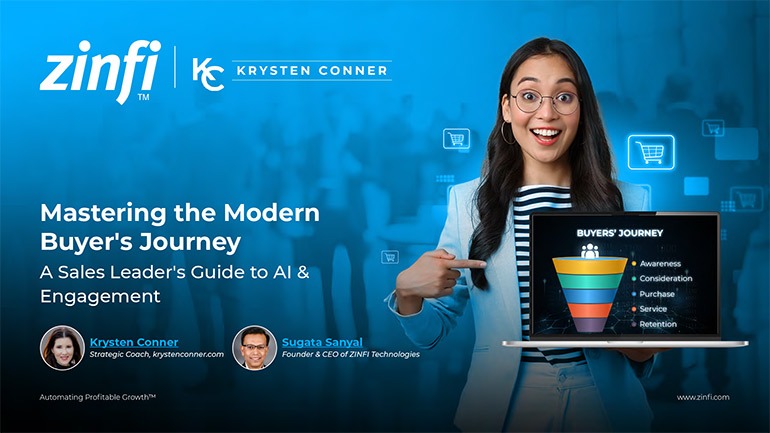 Mastering the Modern Buyers Journey: A Sales Leader’s Guide to AI & Engagement
Mastering the Modern Buyers Journey: A Sales Leader’s Guide to AI & EngagementDownload for FREE
 Hybrid Cloud and Edge AI Computing Impacting the Future of PRM
Hybrid Cloud and Edge AI Computing Impacting the Future of PRMDownload for FREE
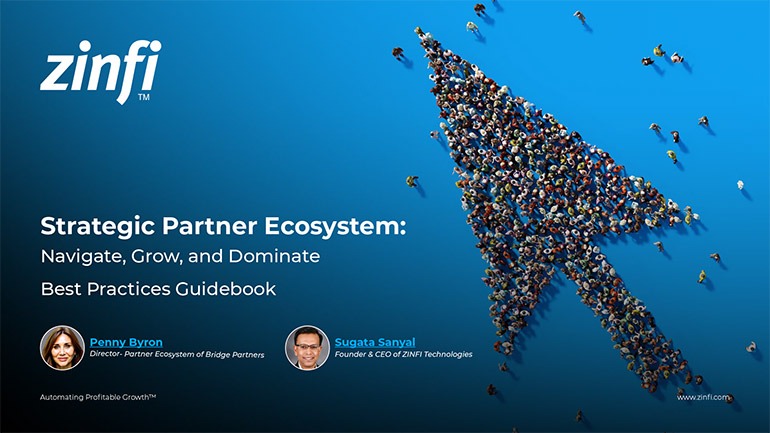 Strategic Partner Ecosystem: Navigate, Grow, and Dominate
Strategic Partner Ecosystem: Navigate, Grow, and DominateDownload for FREE
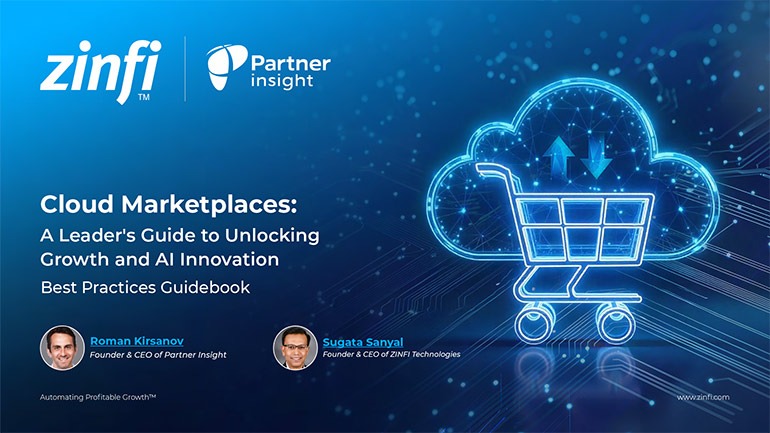 Cloud Marketplaces: A Leader’s Guide to Unlocking Growth and AI Innovation
Cloud Marketplaces: A Leader’s Guide to Unlocking Growth and AI InnovationDownload for FREE
 Getting More From Partner Performance: A Guide to Measuring What Matters
Getting More From Partner Performance: A Guide to Measuring What MattersDownload for FREE
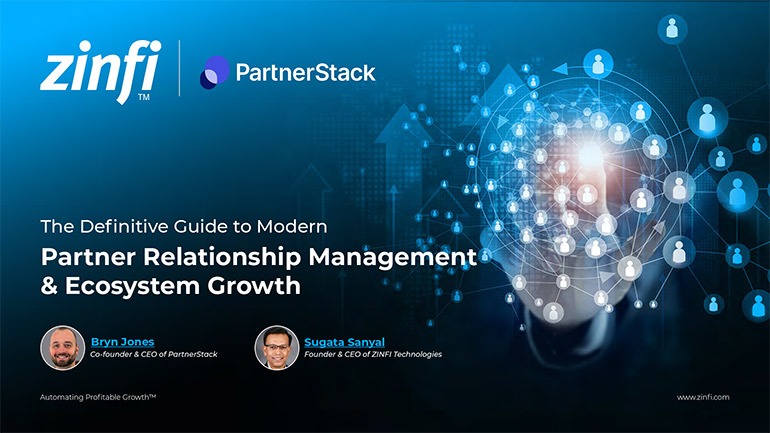 The Definitive Guide to Modern Partner Relationship Management & Ecosystem Growth
The Definitive Guide to Modern Partner Relationship Management & Ecosystem GrowthDownload for FREE
 Debunking the Entrepreneurship Myth: Entrepreneurship’s Past, Present, and Future
Debunking the Entrepreneurship Myth: Entrepreneurship’s Past, Present, and FutureDownload for FREE
 AI-Powered PartnerOps: The Next RevOps Frontier Best Practices
AI-Powered PartnerOps: The Next RevOps Frontier Best PracticesDownload for FREE
 Humanizing Brands: A Guide to Strategic Partnering Best Practices
Humanizing Brands: A Guide to Strategic Partnering Best PracticesDownload for FREE
 The AI-Powered Partner Ecosystem Best Practices
The AI-Powered Partner Ecosystem Best PracticesDownload for FREE
 Next-Gen Partner Marketing: Automation, AI, and Alignment
Next-Gen Partner Marketing: Automation, AI, and AlignmentDownload for FREE
 Second-Party Data: AI Ecosystems Unlocking Best Pratices Best Pratices
Second-Party Data: AI Ecosystems Unlocking Best Pratices Best PraticesDownload for FREE
 The Partner-First Blueprint: Scaling Trust, Intelligence, and Ecosystem Growth
The Partner-First Blueprint: Scaling Trust, Intelligence, and Ecosystem GrowthDownload for FREE
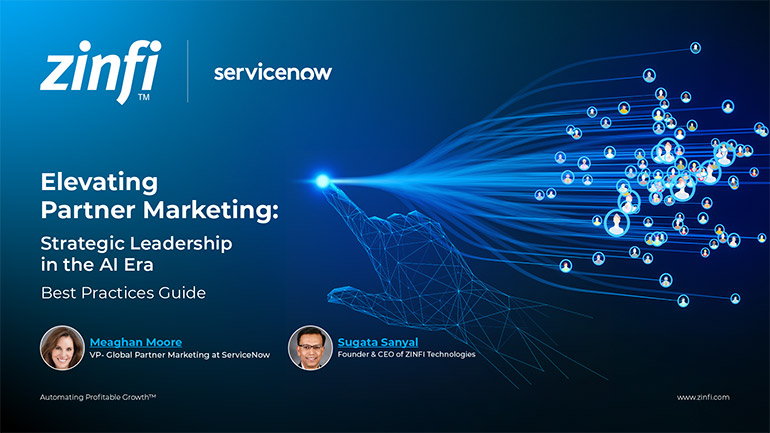 Elevating Partner Marketing: Strategic Leadership in the AI Era
Elevating Partner Marketing: Strategic Leadership in the AI EraDownload for FREE
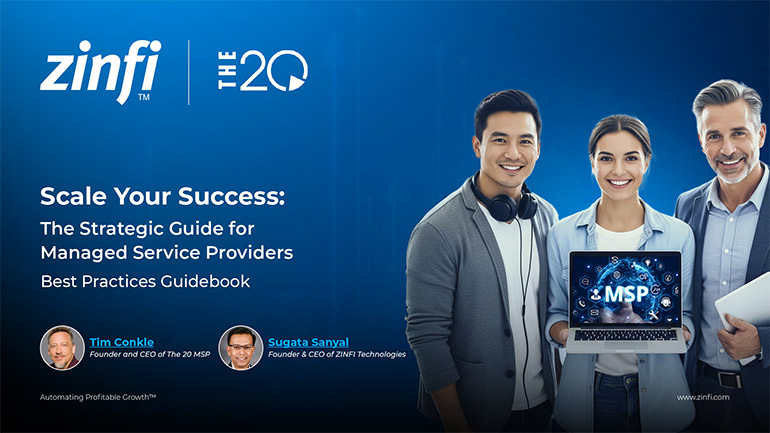 Scale Your Success: The Strategic Guide for Managed Service Providers
Scale Your Success: The Strategic Guide for Managed Service ProvidersDownload for FREE
 Partner Marketing: Evolution of Marketing Through Partners
Partner Marketing: Evolution of Marketing Through PartnersDownload for FREE
 Partner Ecosystem Playbook: Build, Scale, Succeed Best Practices
Partner Ecosystem Playbook: Build, Scale, Succeed Best PracticesDownload for FREE








